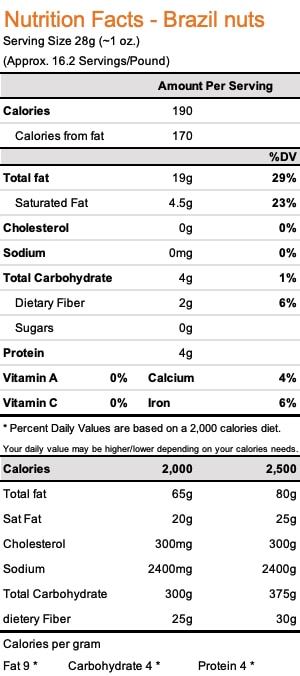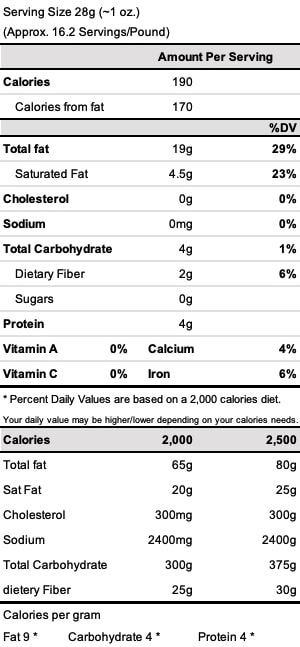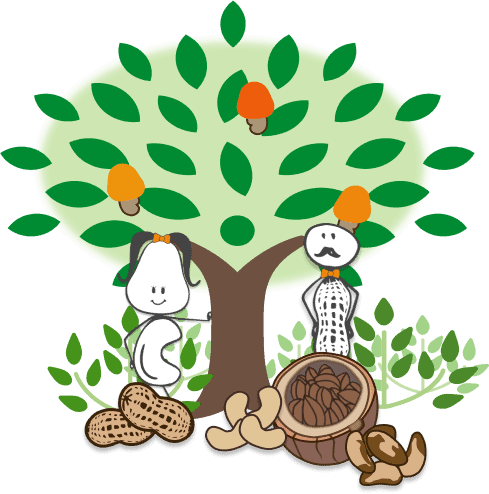Brazil nuts
Brazil nuts
Amazon rainforest (mainly Bolivia, Brazil & Peru)
The Brazil nut is a South American tree growing in the Amazon rainforest, mainly in Bolivia, Brazil and Peru. The tree, which begins to bear fruit after twelve years, may live for 500 to 800 years and can get up to a height of about 50 meters and 1 or 2 meters wide, which makes them one of the tallest trees in the Amazon forest.
After pollination of the flowers, it takes about 14 months for the fruit to mature. The fruit is a large capsule shaped like a coconut of 10-15 cm in diameter and it has a hard, woody shell which contains 8 to 24 wedge-shaped seeds packed like the segments of an orange. These seeds are the so-called “Brazil nuts”.
Once the fruits have fallen off the tree, large rodents will often open the capsule to eat some of the seeds and to bury the others for later use. New trees will grow out of some of the buried seeds, so most of the trees are “planted” by the agouti (a large rodent (see video below)) during wet season. The trees have never been successfully cultivated because they require a climate similar to the Amazon rainforest. By their doing, the agoutis maintain a continuous cycle of reproduction of the Brazil nut.
During the harvest period (December – June), gatherers (known as castañeros) build their camps in the middle of the Amazon forest and roam vast areas of jungle in search of Brazil nuts. After opening them with a machete, they put all seeds in sacks and bring them to the processing plants nearby. Then the nuts get screened for quality and peeled and dried. The nuts have various grades, namely tiny, midgets, mediums, large and chipped. Worldwide, Brazil nuts are seen as a superfood because of their nutritional benefits.
More information can be found on our Cornhouse Nuts News page.

Brazil nuts exploitation
Would you like to know what this animal does for Brazil nuts? Interested to learn how consuming Brazil nuts can help preserve the Amazonian forest? Click below!
Brazil nuts exploitation
Would you like to know what this animal does for Brazil nuts? Interested to learn how consuming Brazil nuts can help preserve the Amazonian forest? Click below!



 We use cookies to ensure you get the best experience on our website. For more information, please read our
We use cookies to ensure you get the best experience on our website. For more information, please read our